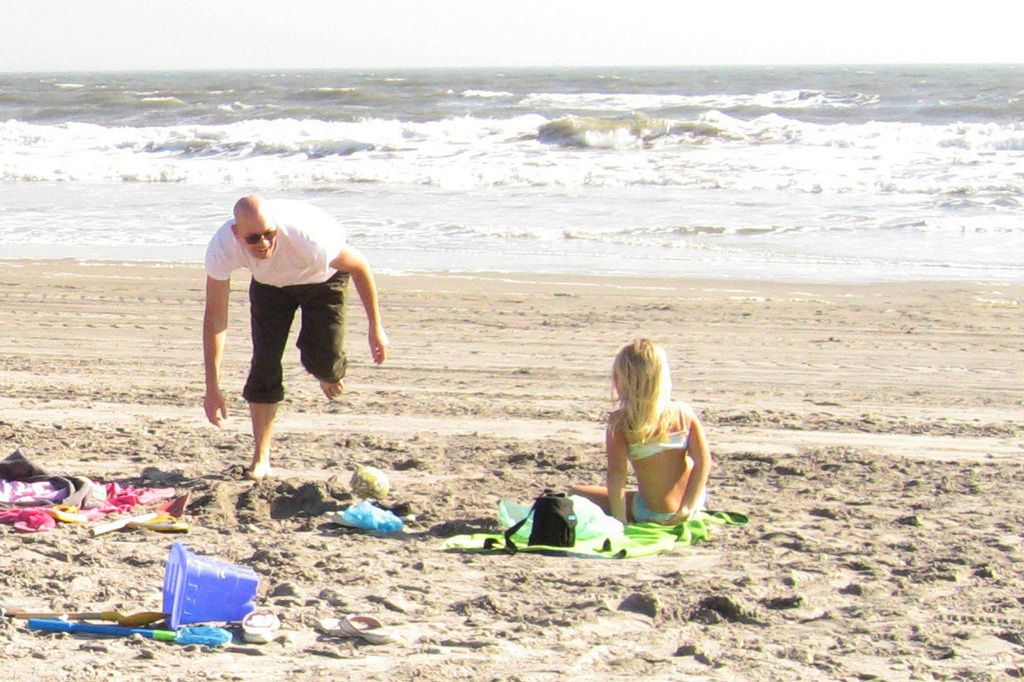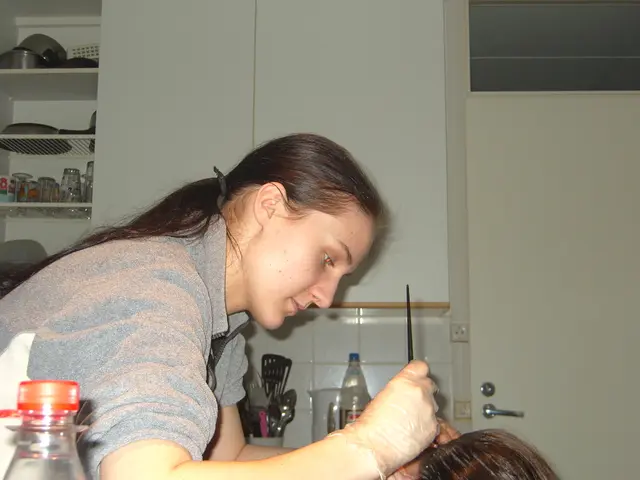MRSA colonization details: Spread mechanisms, protective measures, and related aspects
Straight Talkin' with Doc:
MRSA, man, it ain't nothin' to mess around with. That's Methicillin-resistant Staphylococcus aureus, or MRSA, for short, bro. MRSA bacteria can take up residence on your bod' without causin' no problems, but that don't mean it ain't dangerous.
This bacteria likes to hide out in your:
- nose
- throat
- groin
- armpits
- skin folds
- perineal area
When they're just chillin', they don't cause no fuss. But doctors worry, 'cause people with MRSA bacteria can spread it to others, especially in hospitals and such. And since MRSA is resistant to many common antibiotics, it makes it harder to treat and potentially more dangerous, especially for those who are already weakened by illness or have wounds.
So how does MRSA spread, you ask? It can jump to you through:
- Close contact with folks who got MRSA infection or colonization.
- Usin' dirty equipment or supplies that haven't been properly sanitized.
- Environmental contamination of household surfaces.
Now, when MRSA settles in, it can lead to infection. And that's no good news. But you can lower your risks by followin' a few simple rules:
- Wash your hands and shower regularly with antiseptic soap.
- Keep your wounds covered and clean.
- Don't share no towels, razors, clothes, or bedding.
- Wash clothes, sheets, and towels in hot water and dry 'em on high heat.
- Disinfect surface areas regularly.
In the hospital, doctors might screen folks for MRSA bacteria, and if they find it, they might give you some creams or sprays to reduce the bacteria. You'll probably have to use 'em for around 5 to 10 days.
Keep an eye out for signs of MRSA infection. Look for:
- pain
- redness
- pus
- swelling
- area feelin' hot to the touch
By stickin' to these guidelines at home and in hospitals, you can help reduce the chances of MRSA colonization and MRSA infection.
Want to know more? Dig deeper into MRSA:
- Does MRSA disappear on its own?
- Can chlorine kill MRSA?
- Will I always carry MRSA bacteria?
Stay healthy, folks!
- MRSA, a superbug known as Methicillin-resistant Staphylococcus aureus, can pose significant health risks when it spreads, particularly in hospitals and medical-conditions related environments.
- Scientists warn that MRSA bacteria can reside harmlessly on the body in areas like the nose, throat, groin, armpits, skin folds, and perineal area, but it can lead to chronic diseases and respiratory conditions if it becomes infected.
- Cancers, chronic diseases, fitness-and-exercise, mental-health, and skin-care are all areas of health-and-wellness that can be affected when MRSA infections occur.
- Skin-conditions, such as boils, abscesses, rashes, or large bumps, are common signs of MRSA infection, and prompt treatment is crucial to reduce its spread and potential complications.
- Therapies-and-treatments, such as proper hygiene practices like washing hands with antiseptic soap and disinfecting surfaces regularly, can help lower the risks of MRSA colonization and infections.
- Nutrition and cardiovascular health also play a crucial role in maintaining a strong immune system, which can help the body better manage MRSA infections.
- Preventive measures, like keeping wounds clean, avoiding the sharing of personal items, and washing clothes, sheets, and towels in hot water, can help prevent the spread of MRSA bacteria.
- When MRSA is detected in hospitals, medical professionals may employ strategies like screening patients, administering creams or sprays to reduce bacteria counts, and taking other infection control measures to help mitigate its risks.








